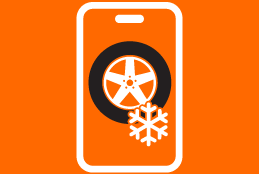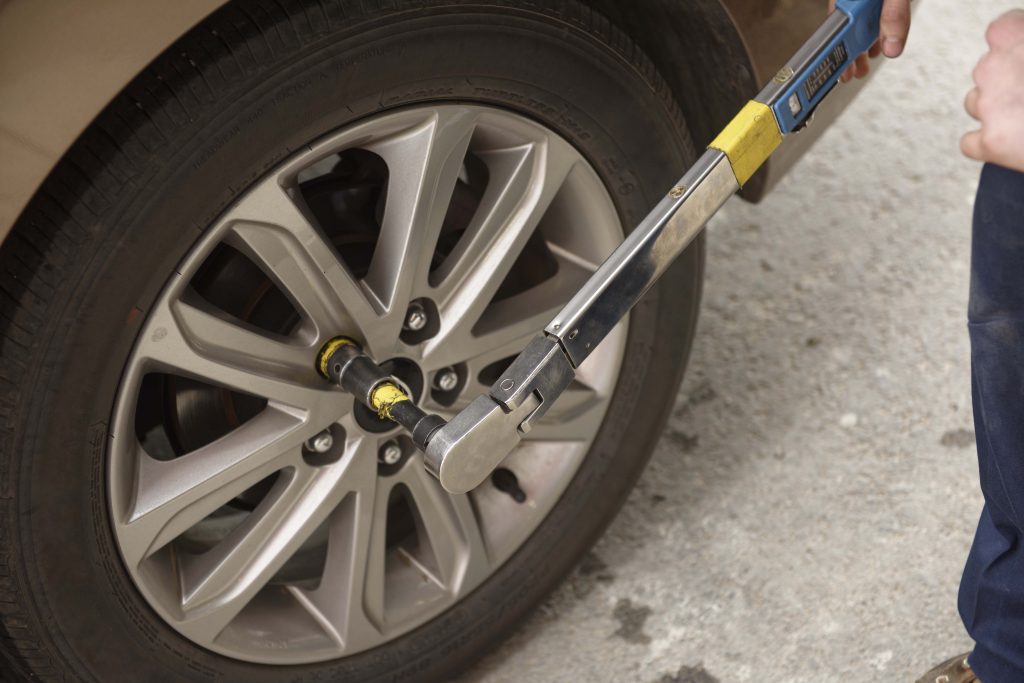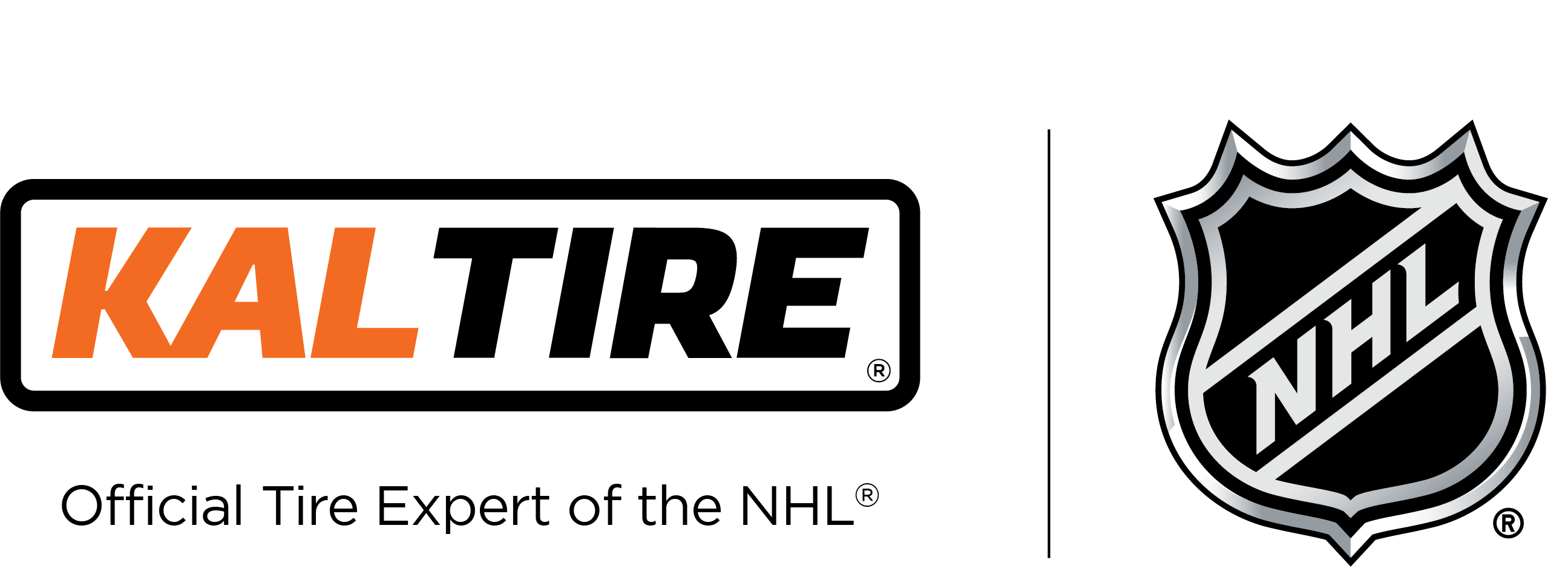Vernon, BC - Monday, July 25, 2016
At the height of road trip season, Kal Tire helps drivers avoid some of the most common causes of summer breakdowns
Hunting knives lodged in tire sidewalls, loose lug nuts on the summit of the Kootenay Pass, loaded up RV’s with flat tires at five o’clock on Saturday night—Kal Tire team members have seen it all when it comes to summer road trip disasters. With Canadians halfway through the year’s busiest travel season, the company is sharing true breakdown stories and road trip tips to help drivers avoid similar disasters and have safe, enjoyable road trips for the rest of the summer.
Fort Nelson, BC: Watch out for porcupines
The tires that traverse along the Alaska Highway are exposed to harsh conditions and unusual debris. One of the many causes of flat tires in this remote area—380 kilometres from the next community—is porcupine quills.
“People run over them all the time without realizing how much damage they can cause,” says Cory Byrne, assistant manager at Kal Tire in Fort Nelson. Porcupine quills, which can be two to six inches in length, often get lodged in tire sidewalls and lead to flats. But on this “rough” stretch of road, Byrne has seen it all: “Once we saw a hunting knife lodged in the sidewall of a tire, I’ve seen railway spikes and wrenches in tires too.”
“Once we saw a hunting knife lodged in the sidewall of a tire, I’ve seen railway spikes and wrenches in tires too.”
Road trip takeaway: Ensure your vehicle and tires are prepared for all kinds of road and weather conditions, and ensure you have a proper spare in case you get a flat in a remote area.
Kootenay Pass, BC: Rims on the loose
Last spring, a customer changed over to his summer tires on his own without realizing his summer rims required special lug nuts, and proceeded to use the lug nuts from his winter rims. Several weeks later, he sent his mom and cousin on a road trip to Calgary, AB, through the Kootenay Pass, between Salmo and Creston, BC, and one of Canada’s highest paved highway mountain passes. At the height of the pass, the women heard a thump, thump, thump sound growing louder on the vehicle.
Fortunately, they made it to the Kal Tire in Creston, where the manager, Ryan Rempel, showed them the loose lug nuts on the rim. “All four of those wheels could have fallen off,” says Rempel.
After sourcing the specialized lug nuts required for the vehicle, the two women were sent safely on their way.
Road trip takeaway: Check your tires and lug nuts before you head out on a road trip, and make sure that if you’ve had your tires changed over, that you return to the store for a retorque the next day to help avoid loose rims. And if you ever hear a loud thumping sound you think might be loose rims, pull over immediately.
Milton, Ont.: Don’t let the run flat run flat
On the Canada Day long weekend, a family traveling from New York state pulled into a Milton Kal Tire store. The driver walked into the store and said to the manager Lou Mazzuca, “There’s a piece of rubber ripped out of one of my tires.” The tire was a run flat tire—designed to give enough safety and handling to only drive to the nearest service centre for either repair or replacement. The store didn’t have that run flat model in stock, so the manager removed all the suitcases from the trunk to uncover the compact spare assembly that the customer stored onboard for insurance purposes. Unfortunately, it was also flat and unusable. Even after the manager tracked down a replacement compact tire and mounted it on the spare rim, the driver didn’t want to use the replaced spare tire. “It’s a run-flat,” he said. “I’m going to drive it until it’s really flat.”
Road trip takeaway: Again, a properly inflated spare tire can be a lifesaver, and if your run flat goes flat, only drive on it to get yourself to your nearest service station for assistance. Most run flat manufacturers recommend speeds of less than 80 kilometres per hour for 80 km or just so you can safely get to a service station.
Lethbridge, Alta: Forget the bias & check RV tires before you load up
It was nearly closing time on a Friday evening, when a man travelling from Arizona to Alaska pulled into the Lethbridge Kal Tire and showed the manager, Corry Penton, the sidewall blister on one of his fifth-wheel RV tires. Two common issues came to light: There was no spare, and the other three tires were bias-ply, common tires on American RV’s and not fit for northern Canadian gravel or seal-coated gravel roads. Bias tires are often hard to source in Canada, so drivers often have to wait days to replace the damaged tire.
“Bias tires compress on the road at a different rate than radials, so you typically either run one type of tire or the other. Instead of waiting five days for a new bias tire, this guy decided to switch all four tires to radial and get a spare so he could safely make it to Alaska.”
Kal Tire team members are often called upon to help RV motorists during and before their trip—just after everything’s been loaded up and then they notice one of the tires is flat. “There’s often not a lot of service in provincial and national parks, and up north the roads can get bad, so if you get a flat, you want to be prepared to fix it,” says Penton. “Some people with RV’s carry more than one spare.”
Road trip takeaway: Check to see if your American-made RV has radial or bias tires, and carry the right spare—or spares—to match.







